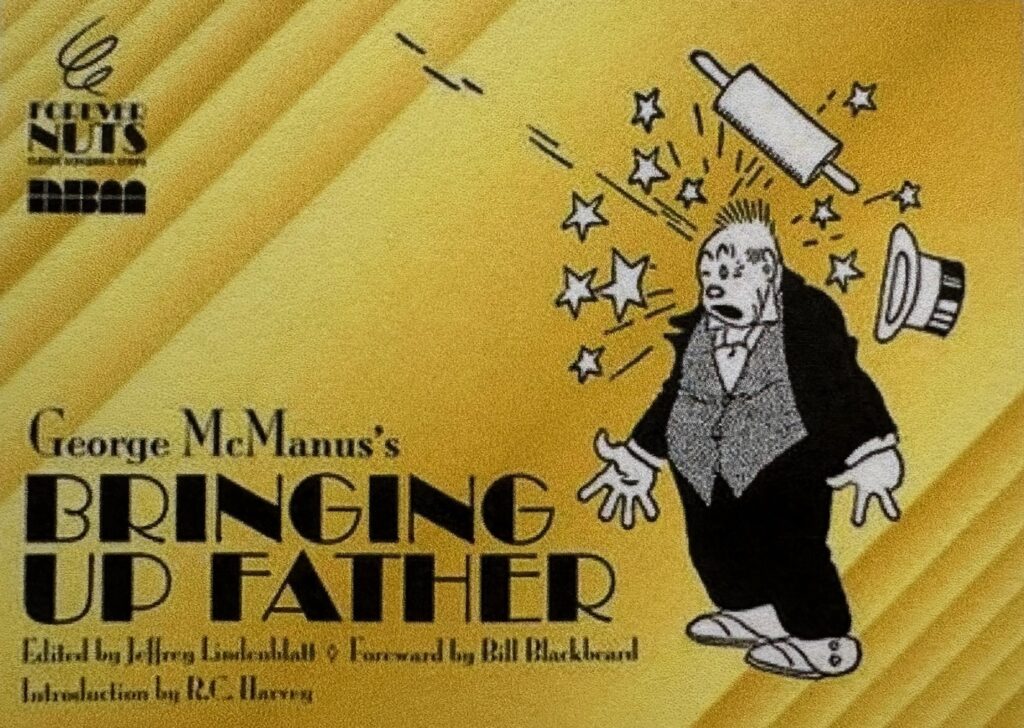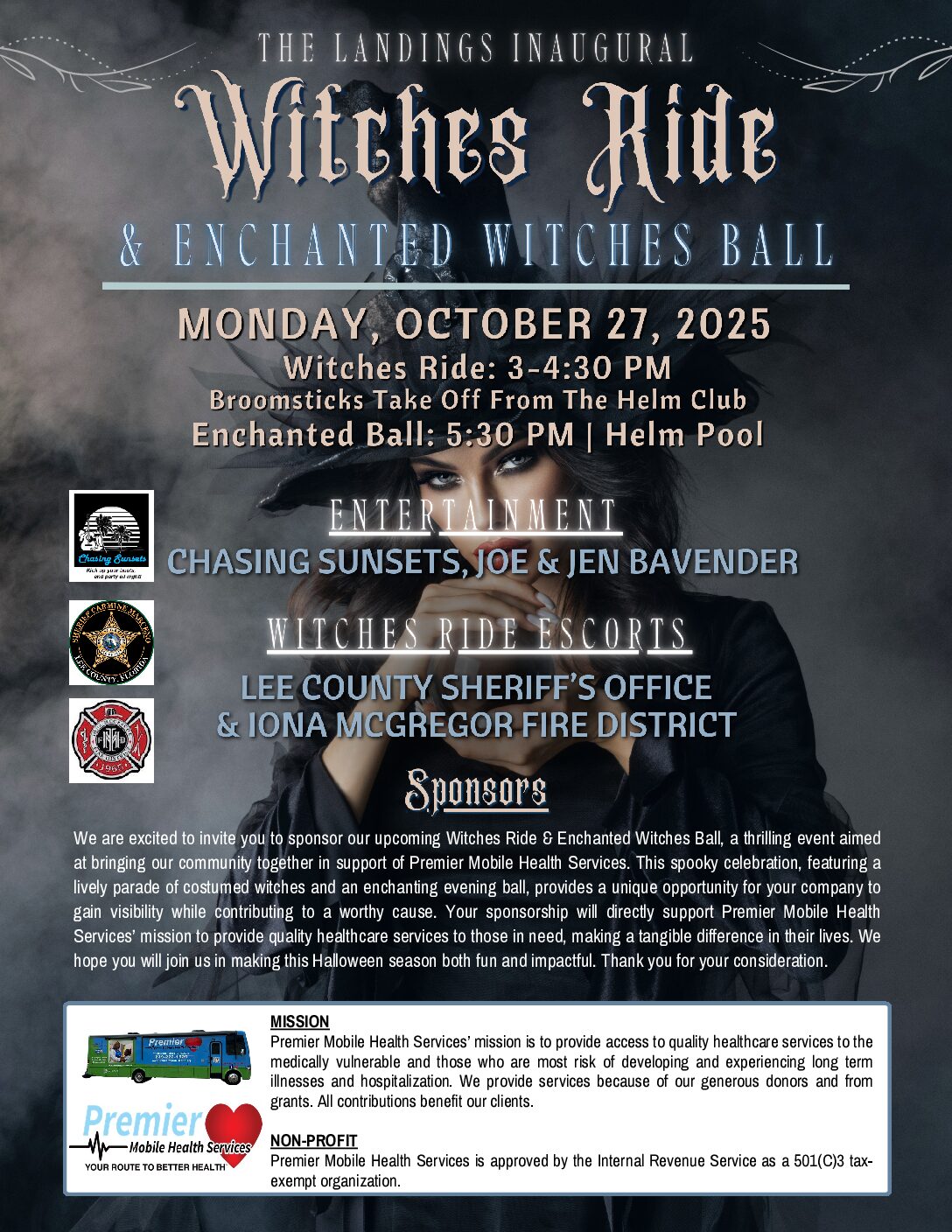
Jiggs And Jigs
“Bringing Up Father” was an American Comic Strip created by George McManus. The famous funny fights were between Jiggs, an Irish immigrant who won the lottery for $1 million dollars, and his wife Maggie who wanted to use the money to climb the social ladder.

The cartoon strip ran in newspapers for 87 years, from January 1913 to May 2000. Jiggs wanted to go out with his old buddies while Maggie wanted to bring him up into society, hence the name, “Bringing Up Father.” This humor found its way to Hollywood and was portrayed in several films. Jiggs, a former bricklayer and Maggie, a former launderess, didn’t know how to deal with their new-found wealth.
“The jig is up” was an expression that originated in 1590 coming to prominence during the Elizabethan Period. This saying was used to describe a trick or joke. When discovered, people would say “the jig is up.” Later there was a lively dance called a jig.
Another type of jig is often used by woodworkers as a template to make an object of the same size and shape. Early crime stoppers used the same expression when apprehending a person.
The Landing Fishing Club members use a jig of a different type. It’s a freshwater or saltwater type of fishing lure. A jig is a fishing hook with a weighted head usually made of lead or tungsten. The weight helps your bait sink quickly. Jig heads come in many shapes, sizes, and colors. Anglers often pair jig heads with soft plastic baits such as shrimp, minnows, or worms. Hopefully this creates a life-like presentation that fish find irresistible. Saltwater jigs are specially designed to handle the harsh environment of the ocean. Versatility is the key word for these jigs. Use them in shallow flats, deep channels or rocky structures.
Techniques vary from slow jigging (up and down motion), fast retrieve, casting, or trolling. Control your jig with knowledge of depth, wind, tide, and currents. This control increases the chances of you catching your targeted species. Try to match your proper jigs to the physical environment, top of the water, shallow submerged, or on the bottom to get the best results.
Some examples of jigs are: 1. Round head, the most common. 2. Shaky head, flat base that stands up on the bottom. 3. Swim bait, used with soft plastics. 4. Bullet or cone head, cuts through the water quickly. 5. Weedless, used when fishing in heavy weed or grass cover. There are many, many weight differences for jigs.
Whether you’re a weekend angler or a seasoned pro, jig heads are a must have tool for success on the waters. Stay patient as jig fishing is all about presentation so don’t be afraid to experiment.






